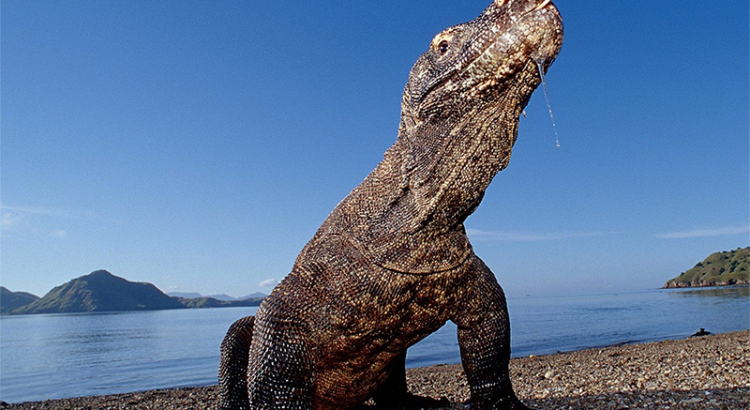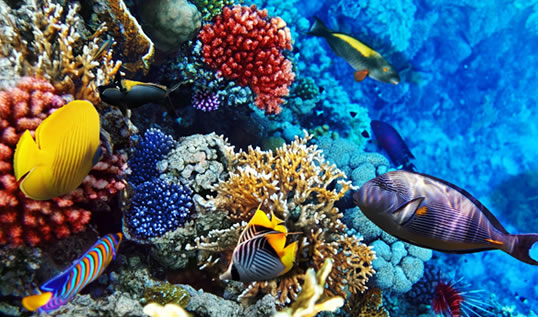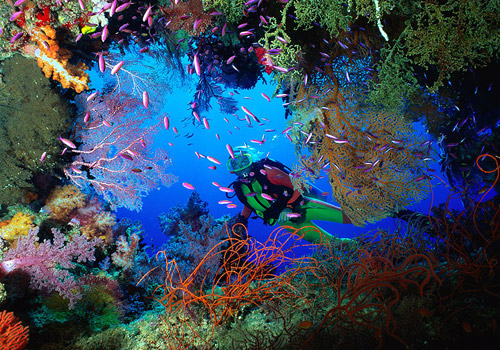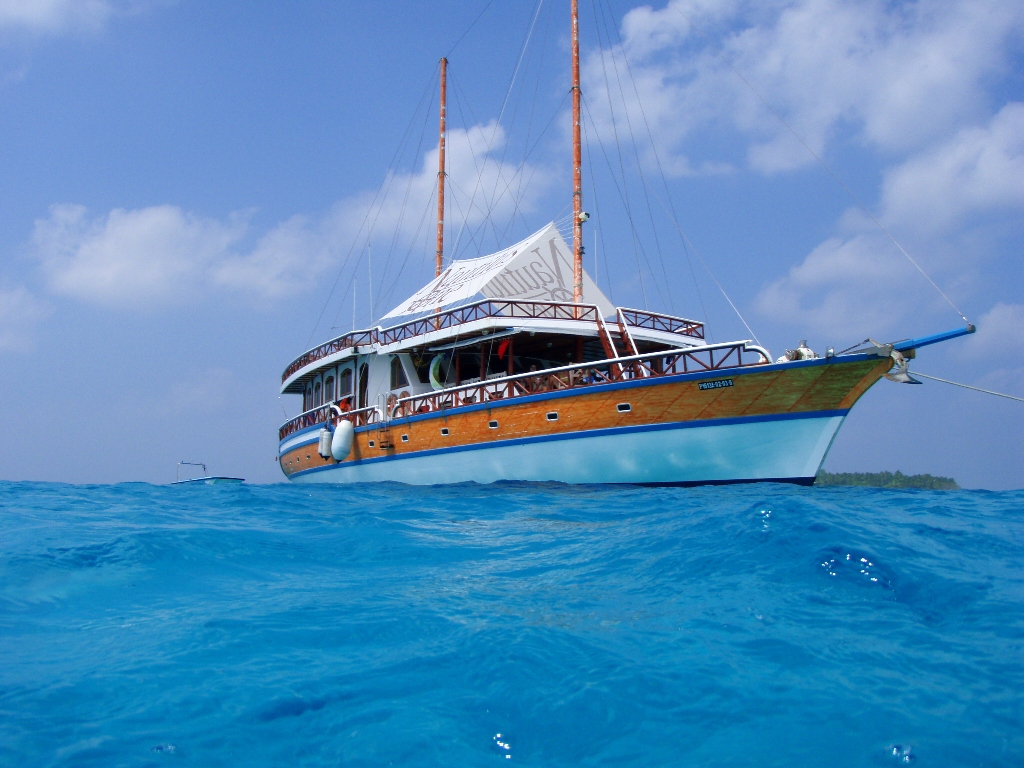Best time to dive the Komodo National Park is fast approaching
By Gavin Parsons
Dragons are a bit of a human fascination. So how would you like to dive around an island ruled by Dragons? I’m not talking about Cressida Cowell’s Island of Berk from the How to Train Your Dragon books and films, but the island of Komodo, which any schoolboy can tell you is the home of real dragons – Komodo Dragons.

read on…
A scuba diving holiday in and around the Island of Komodo is, therefore, by its very essence, a proverbial taste of adventure. Why bring this up now? Well we are fast approaching the one of the best seasons for scuba diving in the Komodo National Park. April, May and June are some of the best months to scuba dive Komodo. November and December are good diving months too. You can see the best time to scuba dive Komodo at http://www.planetdiveholidays.com/resorts/indonesia/komodo-national-park/.
Komodo is a smallish island within the Indonesia Archipelago. It lies in the jumble of islands that spill eastwards from Java sitting in the Flores Sea between the larger islands of Sumbawa, across the Sape Strait to the west, and Flores to the east. Scuba diving Komodo is either done via liveaboard from Bali, Sumbawa or Flores or via day boats from Labuan Bajo, on Flores.

Diving in Indonesia is a step above many of the world’s destinations and Komodo National Park is rated as one of the best diving locations in Indonesia. Plus it is easier to access than some destinations offering the same sort of biodiversity. Mantas, grouper, rays, turtles, shoals of snapper and fusiliers and a cascade of colourful tropical marine fish are all commonly seen here. The reason is the water movement. Like diving in the Maldives, Komodo diving is ruled by currents. Many of the dive sites are in high energy environments that force feed the marine life creating stunning underwater encounters. Soft corals drip off the hard reef walls, shoals of wrasse, snapper and antheas dance above the seabed and white tip reef sharks and other pelagics glide through the melee of marine life. Diving styles as diverse as the biodiversity. Some dives are simple drifts where you go with the current; others require the use of reef hooks to keep divers in place and some are a mixture of the two.
It is not all high energy diving around Komodo though. There are sheltered bays rich in dark volcanic sand that supply a plethora of critters such as pygmy seahorses, ghost pipefish and nudibranchs. There are also gentle coral gardens and other sites sheltered enough to provide calm, relaxing diving opportunities.

So what is the diving really like? As you may gather from the above lists, it is diverse. A diving holiday in the Komodo National Park will see you diving classic coral reefs, shallow rubble beds used as cleaning stations, coral walls and black sandy bays. There are several islands in the Komodo National Park which liveaboard itineraries visit and, of course, there are the Komodo dragons that anyone will find fascinating, even if they do’t fly or breathe fire.
Wrecks do not feature when scuba diving around Komodo, the reefs, walls, gardens and critter sites are far too interesting.
Planet Dive Holidays offers several different ways to dive Komodo. You can day boat from Labuan Bajo on Flores, or take a liveaboard. Our liveaboards sail from Labuan Bajo, Bima and Bali (diving sites to and from Bali as well). There are several itineraries within the Komodo National Park giving divers a massive choice of dive sites throughout the year.
Planet Dive Holidays represents many liveaboards (http://www.planetdiveholidays.com/liveaboards/itineraries/indonesia/idn) and resorts that carry divers into the Komodo National Park. See the main website (www.planetdiveholidays.com) for details or call on 01273 921 001.



